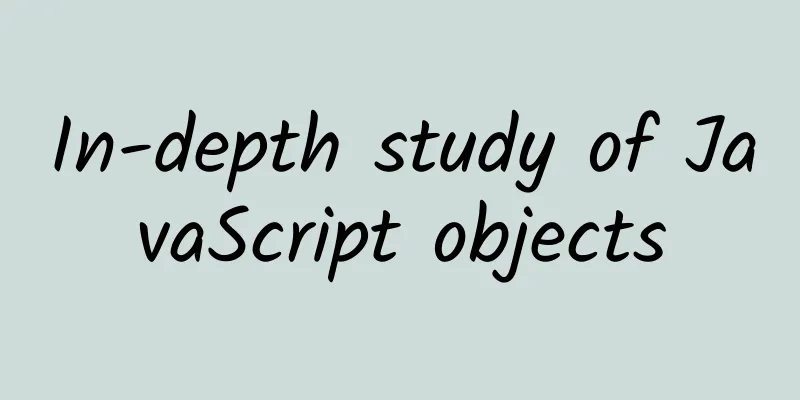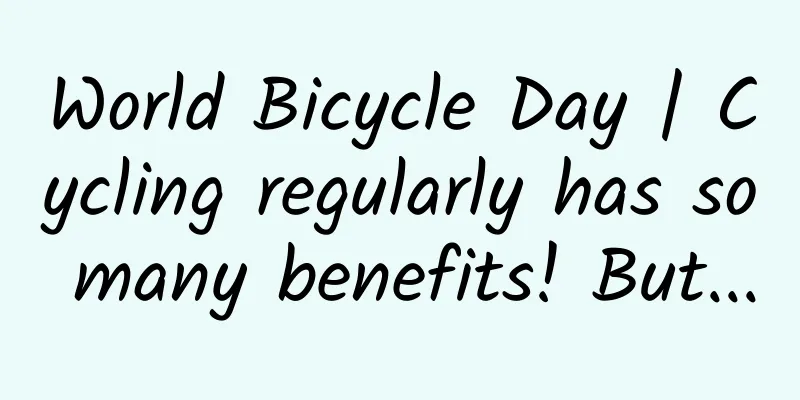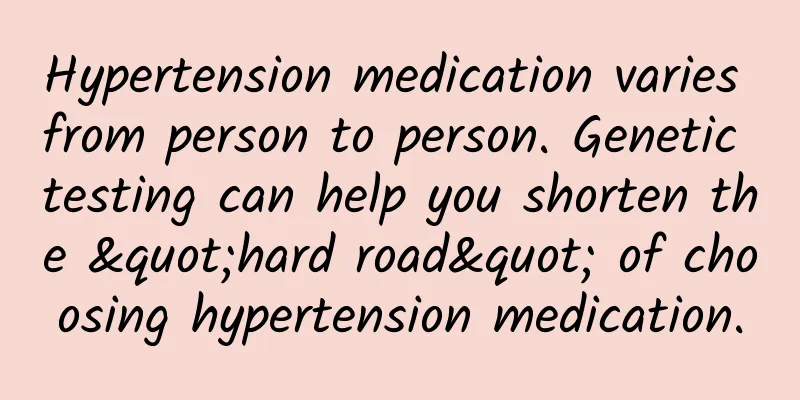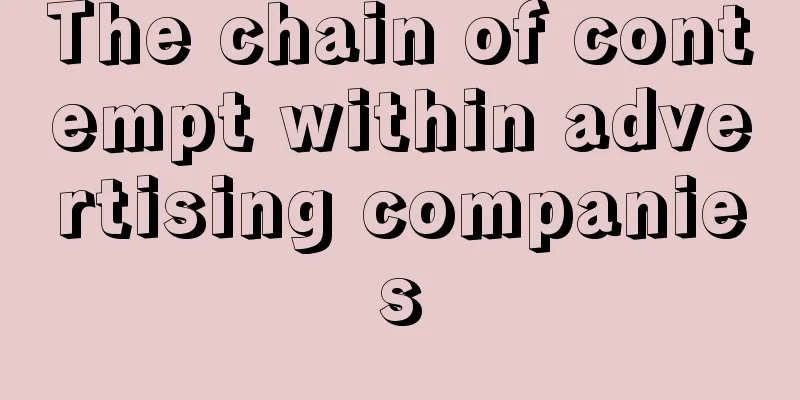Write quality code that others can understand
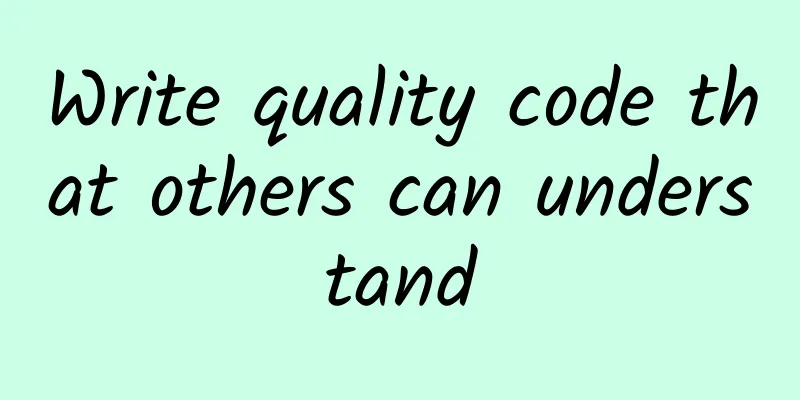
|
With the continuous development of the software industry, there are more and more legacy programs, and the maintenance cost of the code is getting higher and higher, even higher than the development cost. The development of new features often relies on old code, and the time spent reading old code is almost longer than writing new code. I read a book a few days ago, and there was a sentence in the book: “Complex code is often written by novices. Only experienced experts can write simple, expressive code.” Although this statement is a bit exaggerated, it also illustrates the importance of experience. The code we write needs to be read by others in addition to being executed by machines. So we have to write:
Points 2 and 3 emphasize object-oriented design principles. This article focuses more on local code issues. By giving examples, this article summarizes common mistakes and optimization methods. The examples in this article are based on two guiding principles: 1. DRY (Don't repeat yourself) This principle is so important because:
2. TED Principles
3. Examples 1. Avoid comments and use code to illustrate comments Counterexample:
After refactoring:
Good code naming can completely replace the role of comments. If you are trying to write a comment, from a certain perspective, you are trying to write a piece of code that others cannot understand. When you cannot come up with an accurate name for your method, it is likely that your method does more than one thing and violates the Do one thing rule. Especially when you want to add words such as And, Or, If to the method name. 2. Assigning values to Boolean variables Counterexample:
After refactoring:
3. Double Negation Conditional Judgment Counterexample:
After refactoring:
Whether you have seen such conditions or not, I have. When I saw such conditional judgments, I was immediately dizzy. 4. Refuse HardCode and Dig a Hole Counterexample:
After refactoring:
Since we are using a strongly typed language, we can use the compiler's functionality to make errors occur during the compilation phase. 5. Reject magic numbers and avoid traps Counterexample:
After refactoring:
The so-called magic number is a magic number. The reader has no idea what your number is. This kind of code is often seen. 6. Complex conditional judgment Counterexample:
After refactoring:
Do you feel a sudden sense of enlightenment? 7. Nested judgment Counterexample:
After refactoring:
The first code is inspired by some early ideas: using a variable to store the return result. It turns out that you should return as soon as you know the result. 8. Use preconditions Counterexample:
After refactoring:
The refactored style is closer to contract programming. The prerequisites must be met first, otherwise there is no point in talking about it. 9. Too many parameters, more than 3 Counterexample:
After refactoring:
Too many parameters make it difficult for readers to grasp the intent of the code, and too many parameters will affect the stability of the method. It also indicates that the parameters should be aggregated into a Model. 10. Method signature contains Boolean parameters Counterexample:
After refactoring:
Boolean parameters tell the method to do more than one thing, violating the Do one thing 10. Write expressive code Counterexample:
After refactoring:
Compared with imperative code, declarative code is more expressive and concise, which is one of the reasons why functional programming is becoming more and more popular. 4. About DRY When we refactor code, an important idea is DRY. I want to share a counterexample of DRY: There will be various MODEL layers in the project architecture, such as DomainModel, ViewModel, DTO. In many cases, most of the fields in these models are the same, so some people will think of the DRY principle and simply use one type to save copying and pasting and converting back and forth. The fundamental reason why this counterexample fails is that these models have different responsibilities. Although the content is repeated in most cases, they play different roles. Consider this scenario: DomainModel has a field DateTime Birthday{get;set;}, and ViewModel also has DateTime Birthday{get;set;}. Requirements upgrade: The interface no longer displays birthdays, but only whether an adult is required. We only need to add a Bool IsAdult{get{return ....}} to the ViewModel, and the DomainModel does not need to change at all. 5. Use advanced production tools Taking the Reshaper in the VS plugin as an example, Reshaprer can give different degrees of hints for most of the counterexamples listed in this article. After a period of practice, when Reshaper can't give any hints for your code, your code will be significantly improved. Screenshot illustrating Reshaper's prompt function: Move the cursor to the wavy line, then press Alt+Enter, Resharper will automatically optimize the code If you can avoid the counterexamples summarized in this article, your code already has the genes of excellent code. Of course, high-quality code also requires good design and adherence to the principles of object-oriented programming. If you want to learn more about this, please read "Code Complete", "Clean Code", "Refactoring to Improve the Design of Existing Code", "Agile Software Development Principles, Patterns and Practices" |
<<: Animation Interaction Learning Guide Inspired by Google Motion Design
Recommend
Will eating too many eggs lead to high cholesterol and high blood lipids? Different groups of people have different preferences for eating eggs →
Author: Wang Lu, Chinese registered nutritionist ...
The most comprehensive network operation solution analysis!
1. Competitive product analysis 1. Choose competi...
Can you still pee properly? So many people have overactive bladders...
Leviathan Press: It is estimated that many people...
More than 8,000 words! An article to understand the marketing on "brand hot search"
Preface: I originally wanted to write a series on...
How to build a user growth system with the help of distribution methods?
Since 2018, fission, viral marketing and distribu...
Are you a modern person who has been deeply “kidnapped” by WeChat?
Mary Meeker, a Wall Street securities analyst kno...
13-year-old boy tested positive for "drugs" twice in a row after having flu! Don't take this kind of drugs randomly!
This winter, respiratory infections continue to b...
The moon will welcome three "little friends" intensively, each with its own highlights
The moon will welcome three "little friends&...
Why did the Iron Dome anti-missile system, which was once like a god, fail to stop the Kassan rocket?
Since 2012, the armed conflicts between Palestine...
2020 wage tax deduction standards, wage personal income tax calculation formula
Our country's laws stipulate that if a worker...
WeChat has been significantly updated with three new features. Netizens: What’s the difference between this and QQ?
WeChat upgraded again just before New Year's ...
New media operation user growth skills!
Growth is from less to more. The root of all grow...
Accelerating the AI world: a super battle between CPU, GPU and TPU!
When it comes to CPUs, GPUs, and TPUs, we are usu...
Community operation: the key point to keep the community active!
I ate and drank too much in the first half of the...
Cognition and scale—how do operations intervene in products?
Products and operations may indeed conflict over ...
